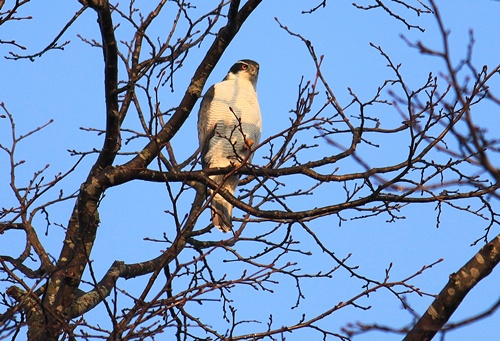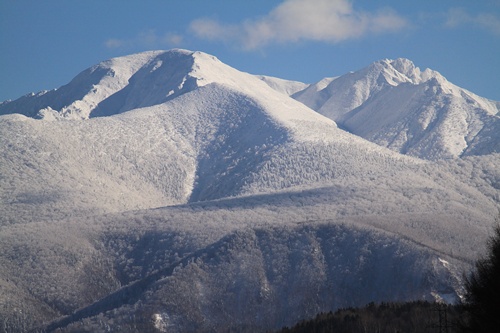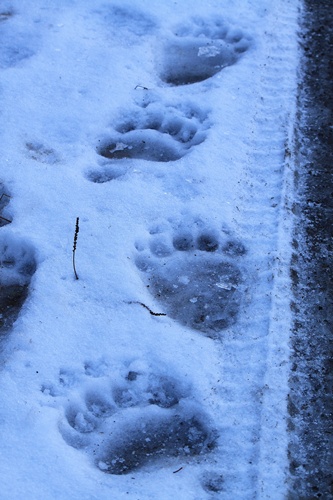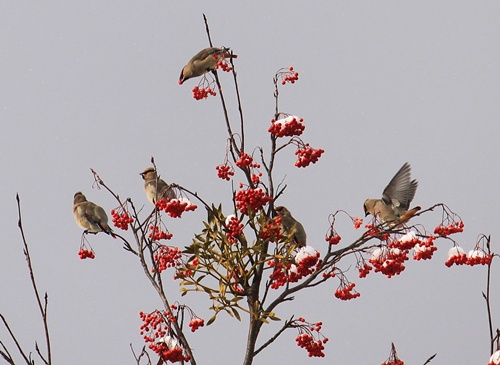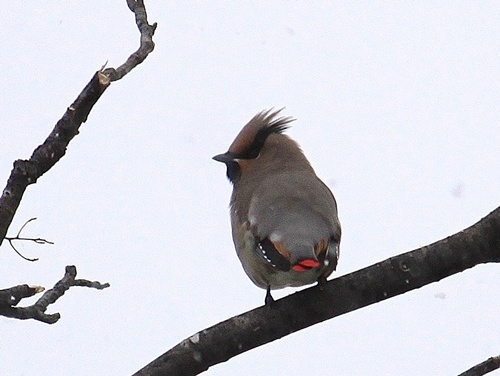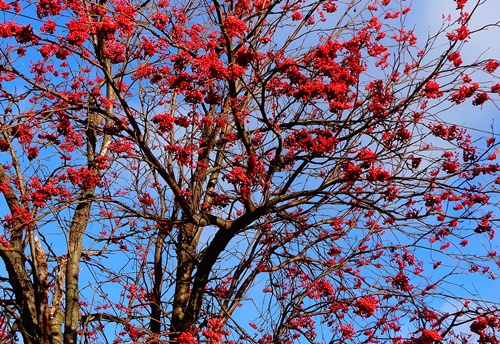The Accipiter gentilis is a medium-sized species belonging to the family Accipitridae in the order Accipitriformes. It is representative of hawk species. It has a body length of some 50 cm and a wingspan of roughly 130 cm, and is recognizable by the white stripes that are situated above black patches around the eyes.
It has a shrill cry that sounds like “ki, ki,” “ke, ke,” or “kay, kay, kay.” The birds live in the area year round in places ranging from the flatlands up to the high mountains, although some fly south to winter.
They are expert fliers, capable of reaching speeds of up to 80 km per hour in level flight and 130 km when diving. They are birds of prey that primarily feed on medium and small birds (e.g., Columba livia, Sturnus cineraceus, Ixos amaurotis, and Parus minor) and small mammals (e.g., squirrels, mice, rabbits, and Mustela erminea) that they catch in the air or on the ground. Birds, in particular, account for more than 90% of their diet. (In addition to the above, they have been known to eat snakes on rare occasions.)
Accipiter gentilis are positioned at the top of the food chain, and therefore cannot survive unless the natural ecosystem is healthy. According to one theory, small birds classify members of the hawk family by the degree of fear they feel when they see them. For example, if they see Milvus migrans, they pretend not to notice. If Buteo japonicus comes by, they think, “Ah, there’s Buteo japonicus.” But if a Accipiter gentilis approaches, they think, “Run!” It is said that you can tell when a Accipiter gentilis is near by the reactions of small birds.
In the past, the population of Accipiter gentilis plummeted in Japan due to the development of their habitats, and as a result they were designated as a “rare wildlife species.” Owing to this, their numbers rapidly rebounded and they are currently on the “near threatened” (NT) list. However, although there is little danger of their extinction at the present time, they may be moved to the “threatened” list in the future if changes in their habitats occur.
It should be noted that many wild bird enthusiasts are attracted to them for their sharp look and position at the top of ecosystem.
Photo: Accipiter gentilis Nov. 18
